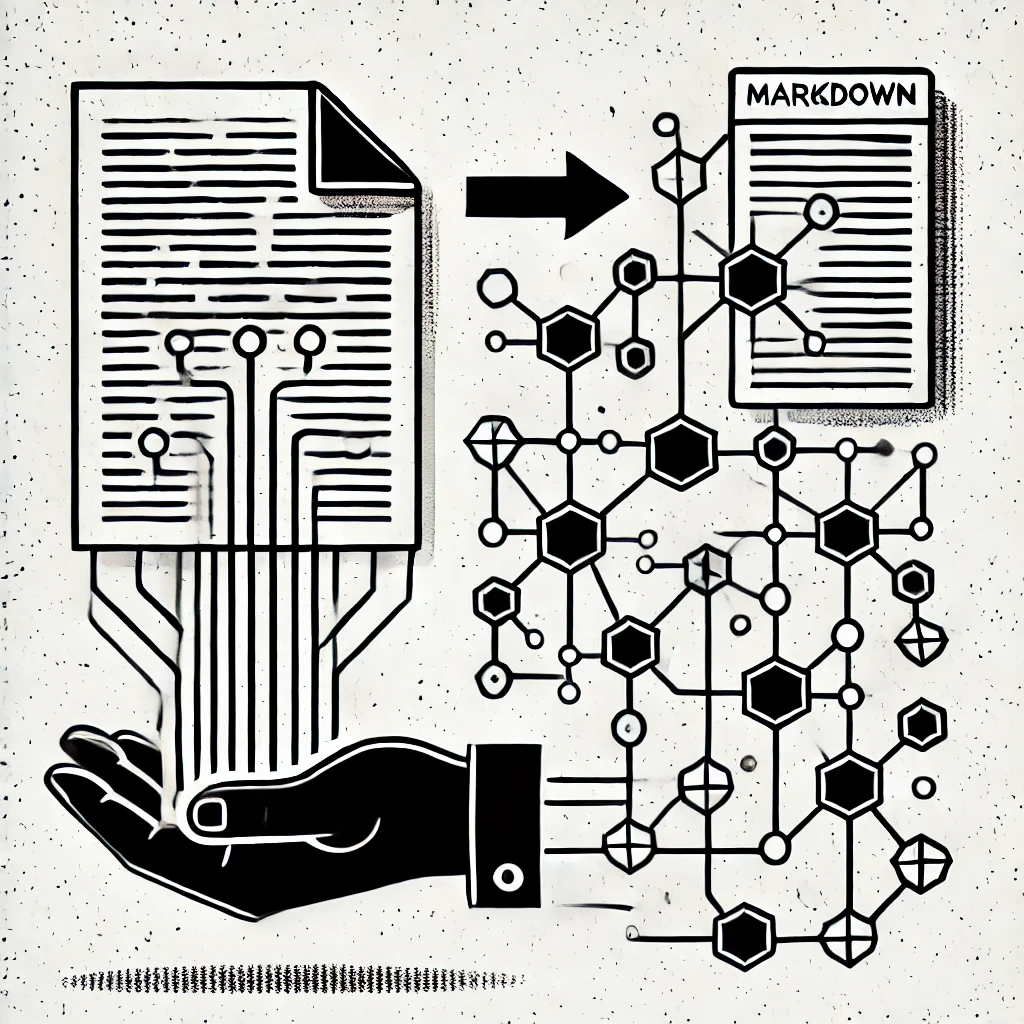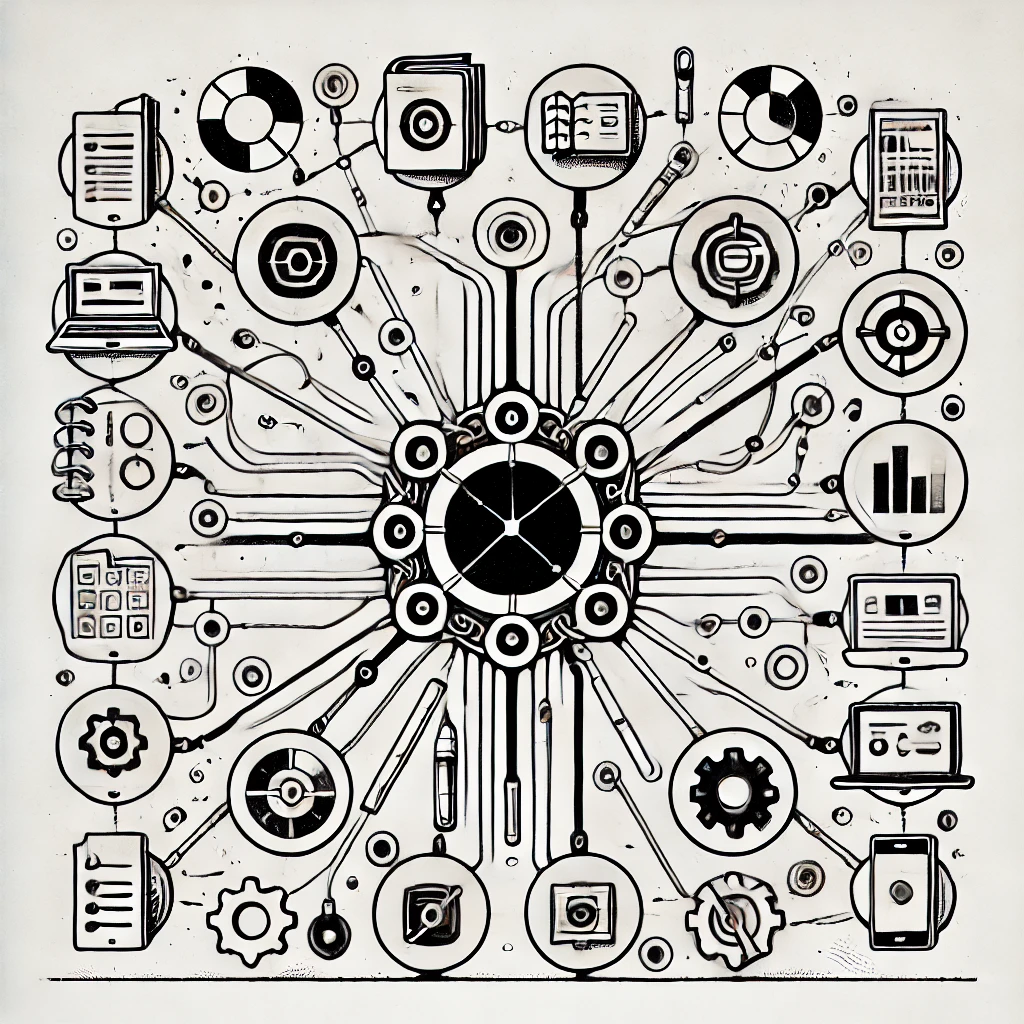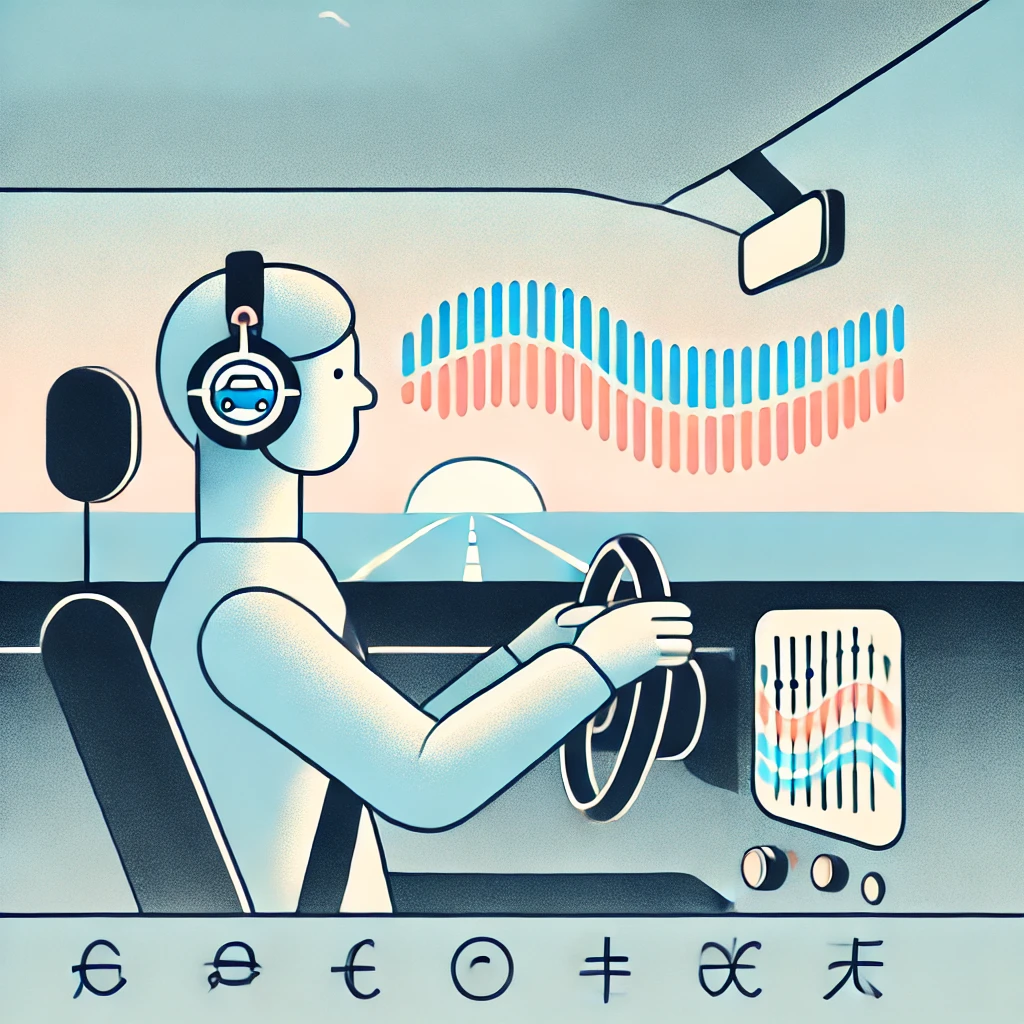Have you ever tried to efficiently extract information from a PDF? Whether you need the content for documentation, a blog project, or better organization, converting PDFs to Markdown provides a clear and flexible way to access and work with that information. With marker [1], you have a powerful tool at your fingertips to do just that.
In this post, I’ll show you how to set up and use marker-pdf to transform PDFs into Markdown files. Markdown is a versatile, text-based format that’s perfect for structured content. This approach will help you quickly unlock important information and make it actionable for your projects.

Why Convert PDFs to Markdown?
PDFs are a widely used format, but they’re not always easy to edit or repurpose. Markdown, on the other hand, is simple, lightweight, and incredibly flexible. By converting PDFs to Markdown, you can better organize, analyze, and integrate the content into your workflow.
Setting Up marker-pdf: Step-by-Step Guide
Getting started with marker-pdf is straightforward. Follow these steps to have the tool up and running in no time:
1. Create a Working Directory
First, create a clean directory to work from:
mkdir marker_pdf
cd marker_pdf2. Set Up a Virtual Environment
To use marker-pdf, it’s a good idea to create a virtual Python environment. This isolates your project dependencies:
uv venv --python 3.113. Install Required Dependencies
Now, install the necessary packages to run marker-pdf:
uv pip install torch torchvision
uv pip install streamlit
uv pip install marker-pdf==1.2.3⚠️ Note: Avoid version `1.2.4` as it contains known issues. Version `1.2.3` is stable and recommended.
4. Converting PDFs: How It Works
marker-pdf gives you two flexible options for converting PDFs to Markdown – using a graphical user interface (GUI) or directly via the command line.
Option 1: Using the GUI
For a visual and user-friendly approach, launch the GUI with this command:
uv run marker_guiIn the interface, you can simply select your PDF and start the processing. The result will be automatically generated.
Option 2: Processing Directly via Command Line
If you prefer working in the command line, you can process a PDF directly. First, create an output directory:
mkdir outputThen process the PDF with the following command:
uv run marker_single path/to/example.pdf outputThe contents of the PDF will be converted into Markdown files and saved in the `output` directory.
Results: What You Get
After processing with marker-pdf, you’ll find the following in your output directory:
– Markdown Files: These contain the structured content from the PDF, ready for further use.
– Extracted Images: Any images included in the PDF are saved separately for easy access.
These files are a great starting point to unlock content and make it actionable.
A Tool for Clear Content
marker-pdf is a valuable tool for making content from PDFs accessible and editable. Converting to Markdown helps you structure information and integrate it into your workflow. Whether for documentation, analysis, or creative projects, this tool simplifies working with PDF content.
Now it’s your turn: try out marker-pdf and see how easy it is to unlock content from PDFs and transform it into a usable format. It’s a step toward more clarity and structure in your work.
Sources:





